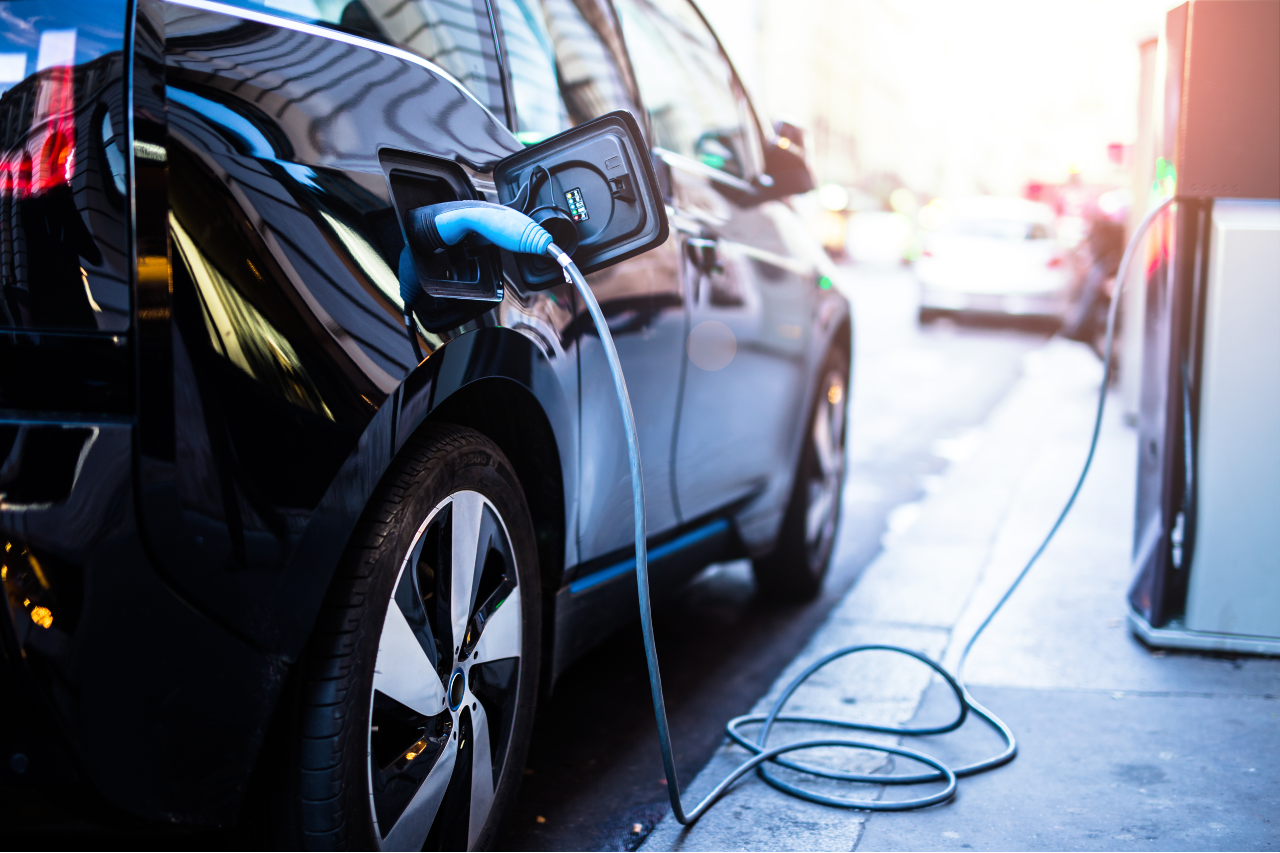
Sponsored by
Green and sustainable transport practices are moving up the business agenda as the effects of climate change become more apparent. As a result, huge sums are being invested in transportation, particularly for data-driven and transportation-as-a-service concepts, which are getting special considerations as part of various infrastructure stimulus packages worldwide. These initiatives are linked to green targets and pledges from global economies to reduce carbon emissions by 2030 and reach net-zero by 2050. As countries set ambitious targets to decarbonize transportation impacts, it’s critical that they digitalize mobility operations to capture, evaluate and make data-driven decisions that are scalable and effective. What do these stimulus packages mean for digital transformation efforts in transportation and how do the investments compare across some of the world’s largest economies?
USA: The American Rescue Plan
In March 2021, the US government signed a $1.9 trillion coronavirus aid package that includes $360 billion in direct allocations for state and local governments and transportation agencies. This funding comes in addition to a $30 billion Covid-19 emergency relief funding and $25 billion from the CARES Act. These flexible funds are designed to support growth. Transportation agencies have no restrictions on how these funds are used if they boost operational efficiency, increase revenue streams, improve health and safety, and restore passenger confidence.
“The transport sector has a unique opportunity to modernize its offering with little to no interference on how the money should be spent and many are already looking to digitalize their offering as they pursue growth as we emerge from the pandemic,” says Shamik Mehta, Director of Industry Solutions Marketing at Hitachi.
According to the International Energy Agency’s Global Energy Review 2020, pandemic restrictions substantial decreased global emissions by around 8%. With the rollout of vaccines, vehicles are beginning to return to the roads. However, due to health and safety concerns, the US has seen a rise in cars and reduced public transport. Vehicle ownership results in greater CO2 emissions, more road deaths, and increased demand for parking. Public transportation providers will need to act to improve passenger confidence with technology.
The UK: A Green Industrial Revolution
In the UK, Prime Minister Boris Johnson set out an ambitious 10-point plan in November 2020 to mobilize £12 billion of government investment to create and support up to 250,000 highly skilled green jobs in the UK and spur more than three times as much private sector investment by 2030. Part of this Green Industrial Revolution will see the government support the UK’s world-leading electric vehicle car manufacturing bases, boost the attractiveness of walking and cycling, and find ways to make air and maritime transport greener and more sustainable.
“The move to ban the sale of new petrol and diesel cars by 2030 is significant,” says Mehta. “Investments will need to come sooner rather than later to ensure the vast number of new electric vehicles that hit the road in 2030 and beyond can be charged quickly and conveniently. As electric vehicles become widespread, it will be increasingly important to understand urban transportation to manage energy and traffic flow. That means Smart Technologies like IoT, Big Data, Smart Energy, and connected monitoring systems.”
Transport is currently the largest emitting sector of the UK economy, responsible for 27% of total UK greenhouse gas emissions, according to a House of Commons report. While the UK government expects most charging to take place at home, by 2030, it expects 1,170 charge points will be required per 100 km of road — which it will support with £1.3 billion funding — and rollout is already underway. A report from the Department for Transport shows that the number of new charge points increased by 220% between the end of 2016 and 2020.
Germany: The World’s Greenest Stimulus Plan
Germany will spend 90% of the €28 billion allocated by the EU as part of its €750 billion Covid recovery fund to climate protection and digitalization, which far exceeds the 57% required by the EU for these initiatives. The country will spend around €11.5 billion to help companies transfer to hydrogen as an energy source, with further incentives for those that purchase electric cars, buses, and trains.
“There’s also the EU Green Deal that is looking to reduce CO2 emissions by 55% by 2030 and net-zero by 2050,” says [First Name]. “The EU made it clear that sharing mobility services will play an important role in achieving those goals. Battery costs make up the bulk of the cost of electric vehicles, and we’re already seeing interesting leasing models pop up across the EU. There is also a range of novel charging technologies that should reduce vehicle emissions.”
One of the initiatives Germany is trailing in involves specially adapted trucks that can be powered by overhead powerlines fitted along sections of highway. The system is being tested on a 5km stretch of motorway near Frankfurt.
Driving change
According to a report from the International Energy Agency, CO2 emissions were 2% higher in December 2020 across the globe than in the same month a year earlier, driven by economic recovery and a lack of clean energy policies. There is a clear consensus that action on climate change is urgent and making sustainable transport more efficient and attractive to consumers is imperative. Green stimulus packages worldwide offer transportation providers an opportunity to leverage government funds to entice new and past customers and offer environmentally friendly services while creating a more sustainable future.


